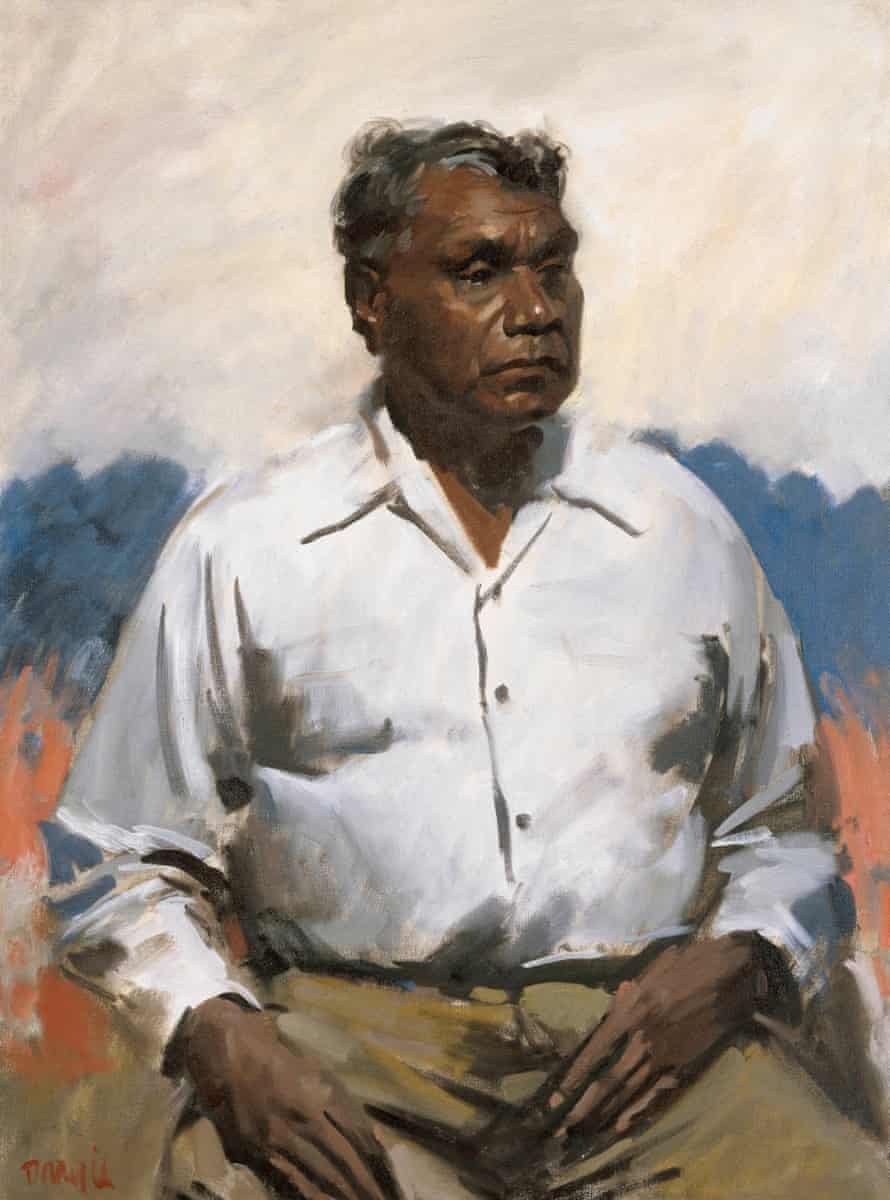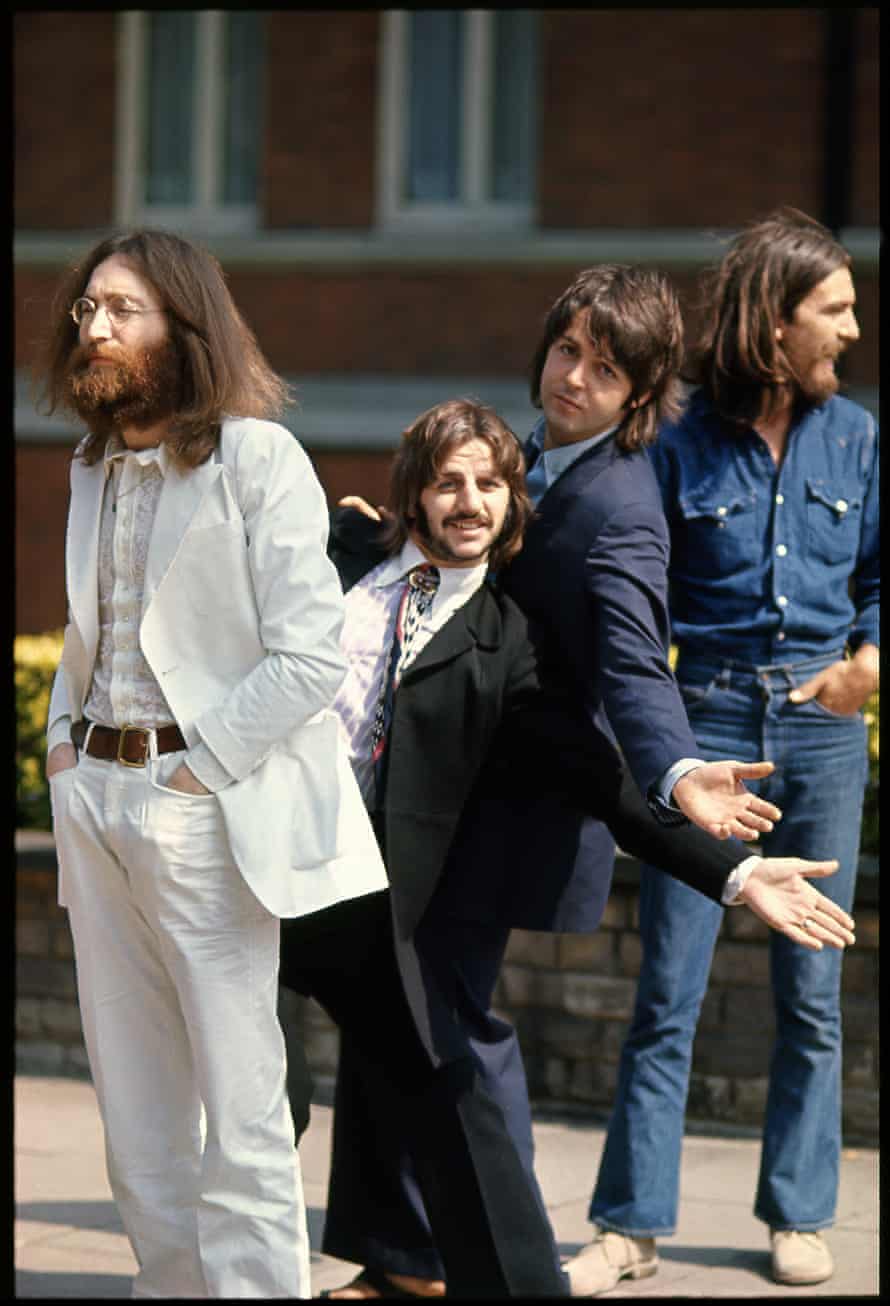Thinking about a road trip to celebrate the end of a very challenging year?
Jump on your bike, charge up the EV, crunch those petrol-driven gears to visit one of Australia’s regional art galleries. And remember to check ahead for Covid-safe entry rules.
Geelong Gallery: Archie 100: a century of the Archibald prize
On now, until 20 February 2022
The best available paintings in 100 years of the Archibald prize have been gathered together in one exhibition, called Archie 100, and it’s a treat.
Mostly the annual Archibald portrait show features a handful of standout works and lots of fair-to-middling ones (and that’s being kind), but for Archie 100 the selection process has chipped away at a lump of rock to reveal a Michelangelo’s David inside.
OK, I’m exaggerating, but there’s no doubt that from the original 6,000 portraits, curator Natalie Wilson has given us a superb selection, capturing not just likenesses but most importantly the essence of the sitters.
Many of them are not prize winners (because the judges often get it wrong) but iconic images abound, including William Dargie’s Albert Namatjira, Natasha Bieniek’s Wendy Whiteley, John Brack’s Barry Humphries as Dame Edna and a self-portrait with Chuck Berry, of all people, by Vincent Namatjira, Albert’s great-grandson.

If you watched Finding the Archibald, hosted by Rachel Griffiths on ABC TV earlier this year, you’ll know all about it, but nothing beats seeing the real thing. Also on offer are special associated events including late-night viewing on selected Friday nights and a curator talk. Archie 100 is an Art Gallery of NSW touring exhibition, and Geelong Gallery is its only Victorian venue.
Ballarat International Foto Biennale
Last call for road trippers and locals alike, on now until mid-January, (exact date varies according to venue).
This central Victorian city is a sort of outdoor living museum: experience some of the world’s most impressive high-colonial architecture, gradual decline and latter-day resurrection, in real time.
It’s all there in the fascinating streetscapes – many of which you can check out while moving between dozens of venues presenting exhibitions as part of the Ballarat International Foto Biennale now extended through to January.
Chief among them is the Art Gallery of Ballarat, an imperious reminder of the pretensions of gilded-age worthies’ attempts to transplant the European academy to the antipodes.
Solidly in control, conservative and rich, who would have thought the very edifice they built in their own image would one day host three exhibitions of photography, each one presenting a view from below and outside that once was unthinkable.
The working class and provincial Beatles, so pivotal to the changing of the guard that made the British empire instantly old-fashioned in the 1960s, are centre stage in Linda McCartney: Retrospective. Two hundred photographs taken between 1965 and 1997 document pop culture’s heyday and beyond.
Iconic faces and intimate family shots feature in a selection curated by the former Beatle Paul McCartney and his and Linda’s daughters Mary and Stella. Hurry, as it ends January 9.

Also on show, the view from the pink parts of the globe that powers both Robert Fielding’s Miil-Miilpa (Sacred) and Anindita Banerjee’s Ondormohol.
Fielding, an Aboriginal artist with Afghan heritage, has built an impressive body of work exploring, or rather celebrating, the energising presence of Tjukurpa (the Dreaming) in the lives of his Yankunytjatjara elders and the landscape around his community of Mimili, deep in the APY lands of far northern South Australia.
The elders are portrayed in close-up, elegiac black and white photos that capture deep-grained faces vigorous with the inner light of traditional lore. Landscapes are captured in an experimental process that incorporates the sun and earth as elements of the image, over-written with statements of ownership and belonging.
Banerjee, from Kolkata in Bengal, India, has been struck by the familiarly evocative high-Victorian architecture of public spaces in her adopted city of Ballarat.
Personal connection to both Bengal and Ballarat, two outposts of empire, one crumbling, the other restored to magnificence, prompts questions of how we view “here” and “there” and our relationship to time and the world around us.
All three exhibitions provide a nuanced, lively counterpoint to the imperial narrative embodied in the city’s – frankly, often oppressive – architecture of empire, within which their photographs work their transgressive magic.
Alice Springs
Desert Mob 30: celebrating 30 years of Desert Mob exhibitions. Re-opening January 11 until 1 June 2022.
Since 1991 the annual Desert Mob exhibition at the Northern Territory government’s Araluen Arts Centre in Alice Springs has been a showcase for community-based art centres in central Australia.
These tiny communities in some of the remotest locations in Australia have been the engine drivers behind a blossoming of Aboriginal desert art into one of the world’s most dynamic contemporary art movements.
Invention, risk taking, sheer beauty and an assertive self-confidence rarely found elsewhere – as the world is (at last) acknowledging. And each year the Araluen Arts Centre acquires the best of them for its own collection of desert art. All the big names are included of course, but one of the biggest thrills of Desert Mob is the discovery of unknown artists displaying, “fully formed artistic expression based on deep cultural knowledge and sovereignty”, as Araluen Arts Centre puts it.
Right now until 1 June 2022 you can see the best of the best, a retrospective selection of 50 works from the Araluen’s Desert Mob collection. IMHO there isn’t a more thrilling and exciting collection of recent desert art anywhere in the world – and it encompasses all art forms from carving, printmaking and sculpture to painting, textiles and fibre.
Often refreshingly raw and honest, it can be adventurously avant-garde, and great fun too.
If you’re looking to take some art home with you while in the Alice don’t miss the selections at Raft artspace and Talapi – two long-established galleries that deal directly with community-based Aboriginal owned and run art centres, so you can be sure of ethical provenance when purchasing.
Or come back again in September 2022 and breathe deep the heady perfume of spring gum blossoms in the pristine desert air as you head to the next Desert Mob annual exhibition. That’s your chance to buy from dozens of art centre stalls and the main exhibition too.
Matt Dickson is a Hunter Valley-based arts writer.
Post a Comment